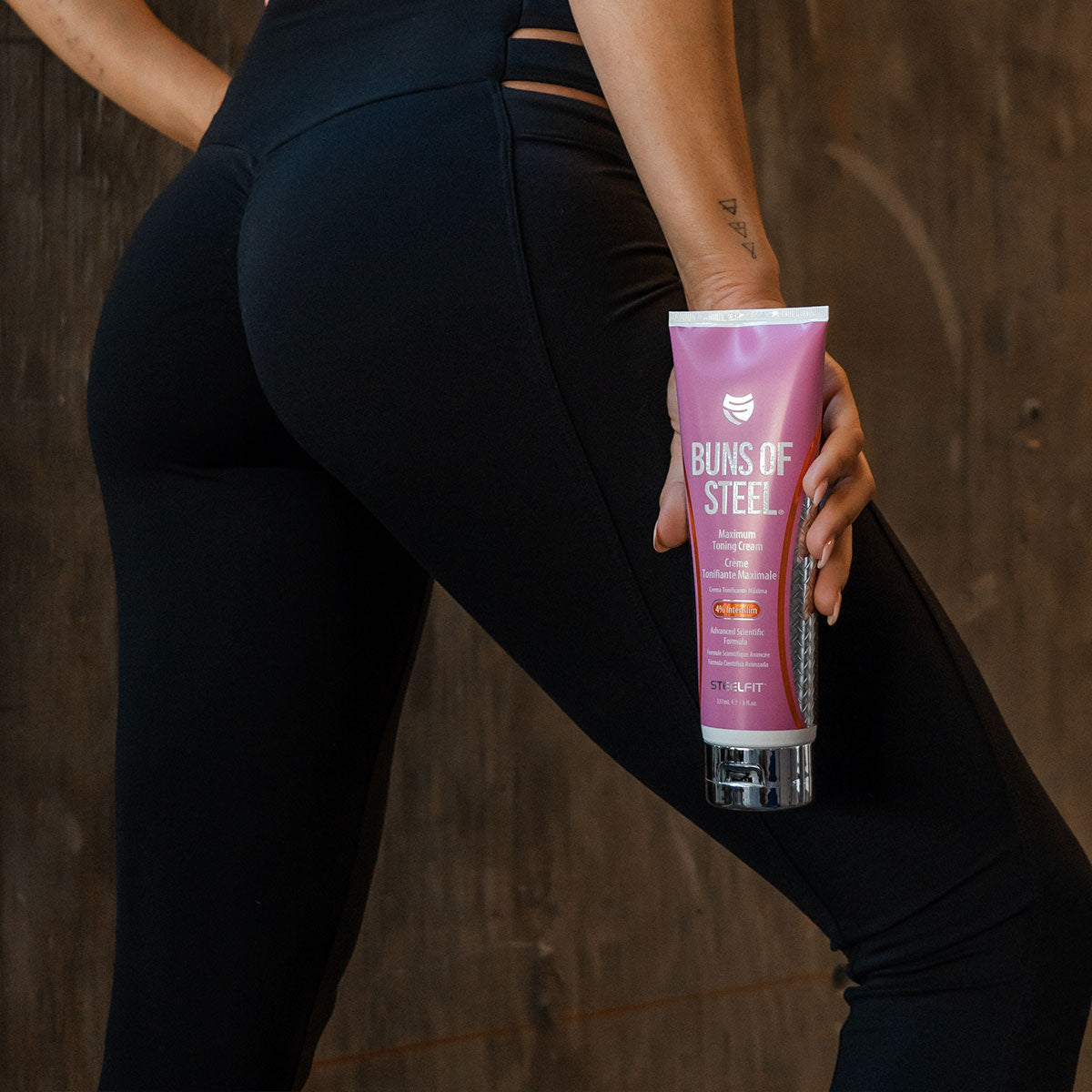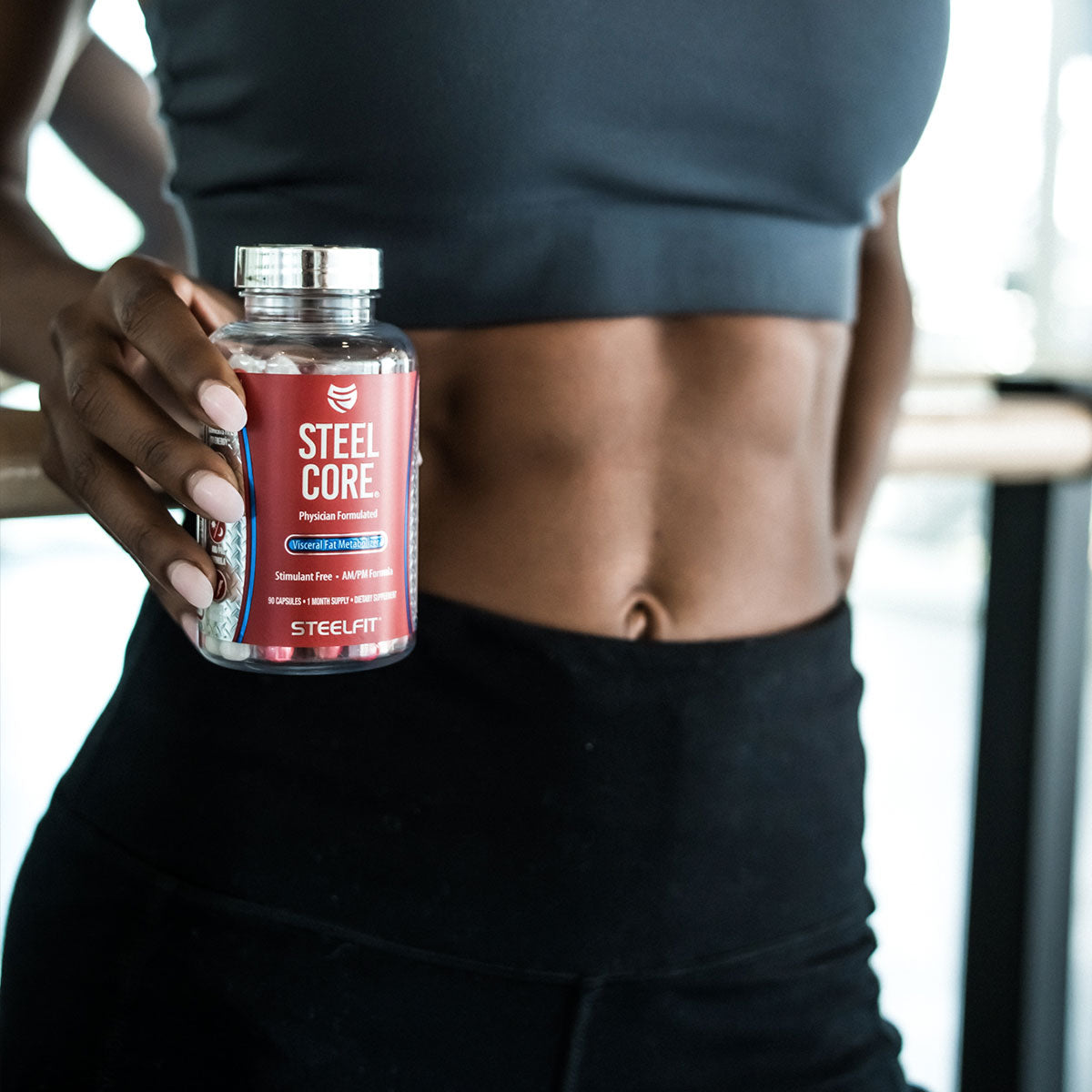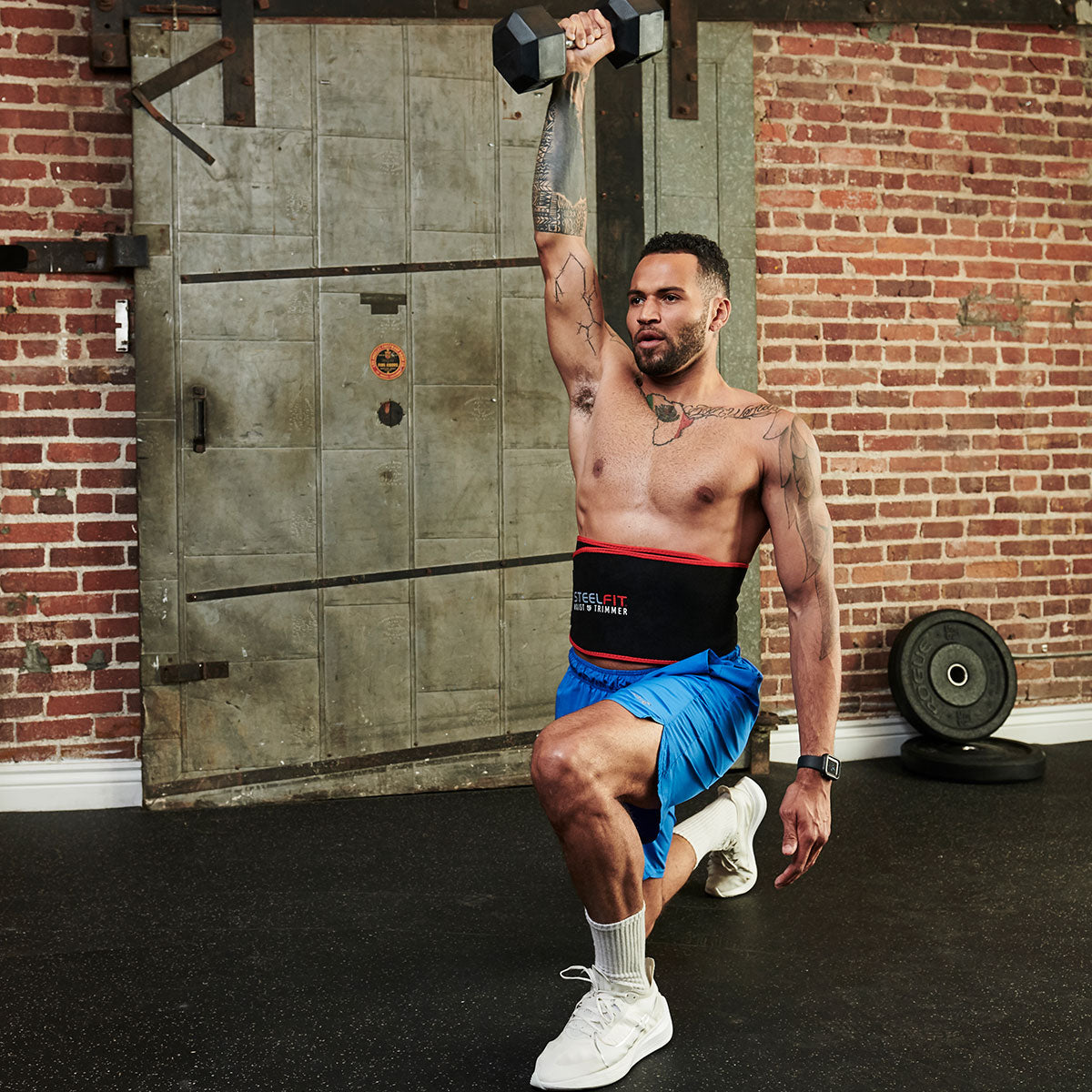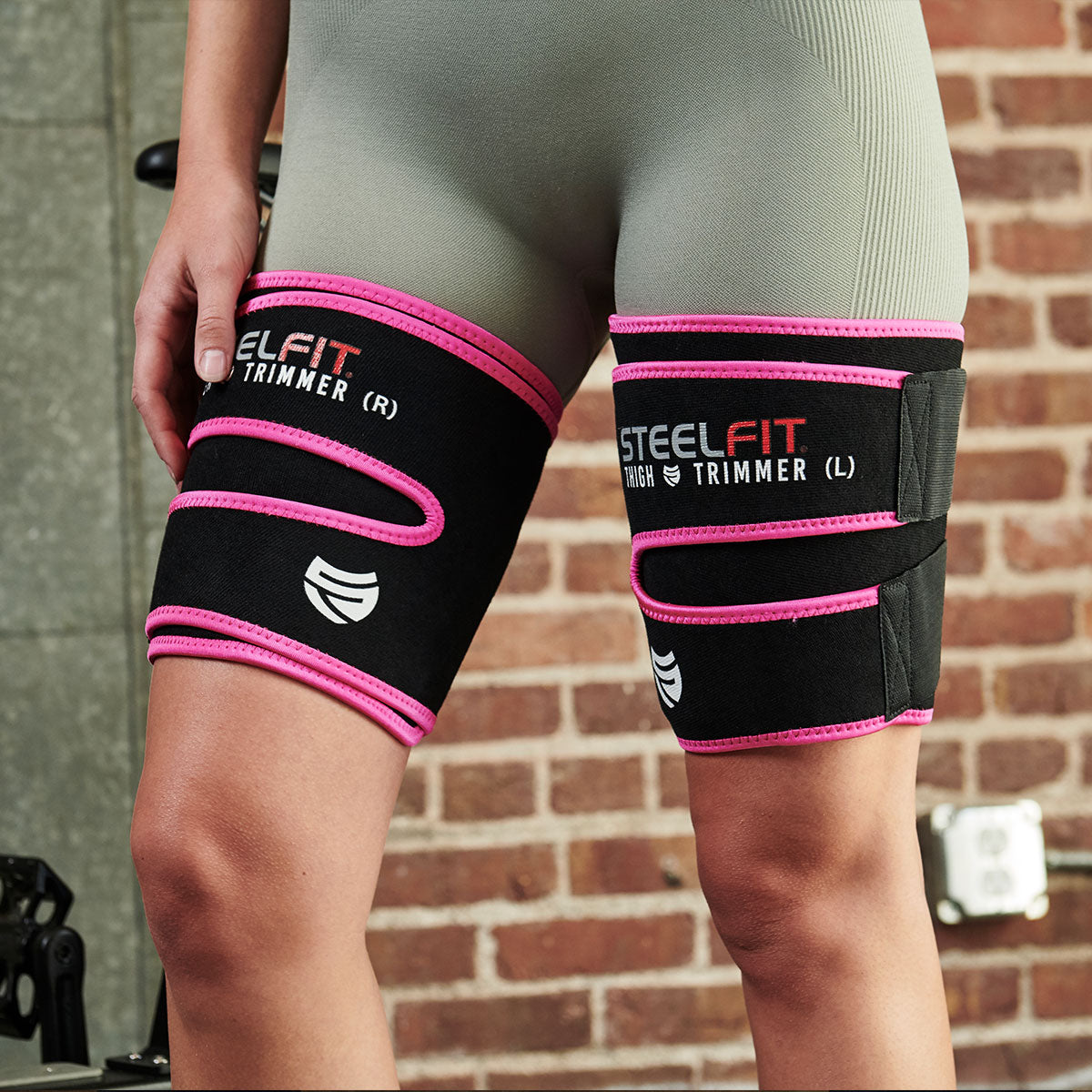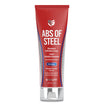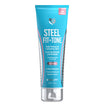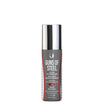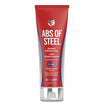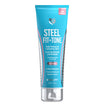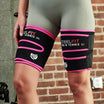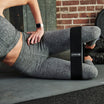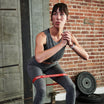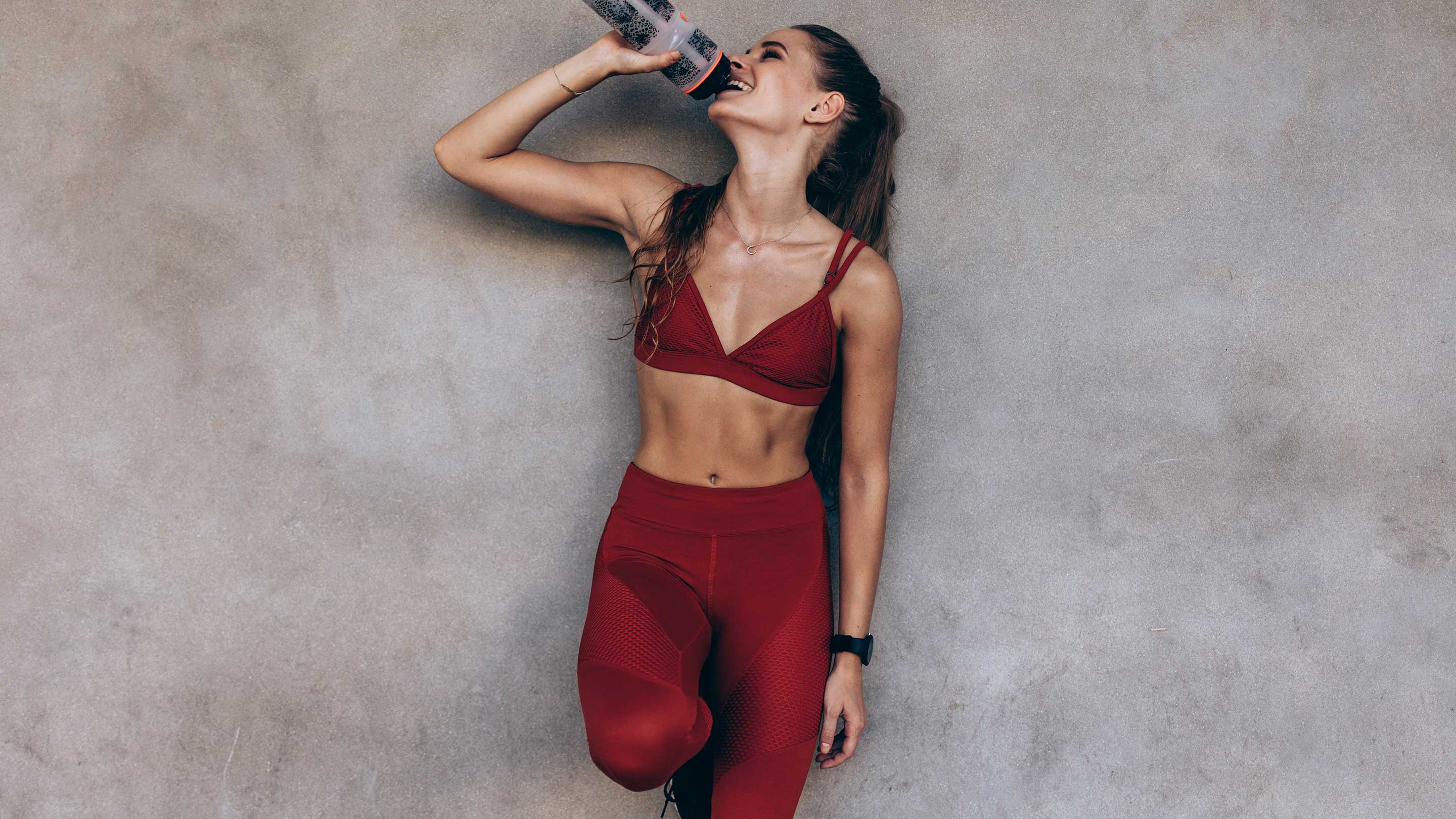We're all familiar with the concept of "dieting" -- temporarily reducing calorie intake to facilitate fat loss, improve body composition, and boost health and wellness.
What you might not be as familiar with is reverse dieting.
Reverse dieting is used throughout the fitness industry as a unique approach to maintaining weight loss results.
But how does it work?
Follow our guide here.
What is Reverse Dieting?
Reverse dieting is what you do after a prolonged diet to reacclimate your body to its regular calorie intake. When reverse dieting, you gradually increase your calorie intake over several weeks to boost metabolism, help the body burn more calories during the day, and limit fat gain as you begin to eat more food.[1]
How Does Reverse Dieting Work?
Coming off of a prolonged cutting/dieting phase, the body is craving food. Suppose you've been in prep for a physique competition and gotten down to extremely low levels of body fat. In that case, your body is ready and waiting for more calories...and it's also wanting to replenish some of its fat reserves as well.
The thinking behind reverse dieting is that by slowly and incrementally increasing your calorie intake over several weeks, you'll be able to help limit fat gain, all the while restoring your metabolism and possibly helping it run at a higher baseline than it previously did.
Essentially, the body will maintain its weight while eating a higher amount of calories than it previously did since it's now adjusted to slowly eating more food over time.
Additionally, reverse dieting should help individuals feel more energized, aid performance in the gym, and support muscle gain while minimizing fat gain.
Keep in mind this doesn't mean NO fat gain. Anytime you're building muscle and gaining weight, you will gain (some) fat.
What Are the Benefits of Reverse Dieting?
There is no considerable body of research investigating the effectiveness or benefits of reverse dieting; however, the practice has been used by many individuals, particularly those involved in physique competitions, who attribute the following benefits to the dietary practice.
Reduced-Fat Gain
The primary reason individuals embrace the practice of reverse dieting is to minimize fat gain when beginning to introduce more calories into their diet.
Typically, when coming off of a diet phase, many individuals immediately increase their calorie intake to what they believe to be their maintenance calories.
The average individual (not a physique competitor) utilizes a 10-20% reduction below maintenance levels. Assuming they eat around 2500 calories per day, a calorie deficit of 250-500 calories. Simply going back to maintenance from this deficit level likely wouldn't result in much immediate fat gain.
The number on the scale might jump up a couple of pounds the first day or two after returning to maintenance calories, but that will mainly be due to water weight gain and glycogen replenishment, not fat gain.
Still, if you have been on a very aggressive diet (e.g., a physique competitor entering the off-season or someone who has just stopped a crash/fad diet), using reverse dieting may help to limit some initial fat gain as you slowly work your way up from "poverty" macros to your normal maintenance calories.
More Food!
Another big reason that individuals try reverse dieting is that it ultimately boosts their maintenance level of calories to eat more food while not gaining more weight/fat.
For example, if you used to maintain your weight on a 2000-calorie diet, after implementing reverse dieting, you might be able to eat up to 400 extra calories a day without seeing a huge uptick on the scale.
Greater Energy Levels
Following a restrictive diet can lead to poor mood, low motivation, and a lack of mental and physical energy.
This can be due to a combination of low energy intake and micronutrient deficiencies induced by the hypocaloric diet.
Increasing your calorie intake can help combat these feelings by supplying the body with more total calories and micronutrients.
Fewer Feelings of Hunger
Drastically reducing your calorie intake can have several unfavorable effects on your body, especially regarding hormones.
For instance, severe diets can alter ghrelin and leptin levels in the body, leaving you feeling hungry more often and less satiated following a meal (even if you’ve consumed a sufficient amount of food).
Increasing calorie intake may help restore normal hormone production in the body, reducing feelings of hunger and increasing satiety signaling.
How to Start Reverse Dieting
Starting a reverse diet is essentially the opposite of beginning a regular diet. Instead of gradually chipping away at your daily calorie intake, you start adding a small number of calories to it each week.
Generally speaking, most individuals increase their respective daily calorie intake by 50-100 calories above their present calorie intake -- the calorie level at which you were losing weight/maintaining your weight loss results.
As each week passes, you continue adding 50-100 calories to help your body adjust its baseline daily energy expenditure until you reach your pre-diet intake or slightly above it.
Additionally, boosting your daily energy intake may help to boost metabolism and help your body burn more energy.
To begin reverse dieting, you need to know how many calories you're currently eating. If you've been dieting for some time already and tracking your body weight and measurements, then you probably already have a good idea of how much you're eating each day.
The most reliable way to track your calorie intake is by tracking calories and/or macronutrients. This can be done with any number of freely available fitness apps as well as good, ol’ pen and paper.
It would be best to determine how large of a surplus you want to start implementing on your reverse diet, generally somewhere between 50-100 calories.
Next, you need to determine your macronutrient intake, which you may already have a good working idea of your daily macro targets if you’ve already been dieting for some time.
As a quick refresher, aim to consume roughly 1 gram of protein for each pound of body weight, and you can then divide your remaining calories as you see fit between carbohydrates and fat. (Note: there's a bit more inter-individual difference, but you can essentially decide if you like to consume higher carbs and lower fat or vice versa).
Now, you need to carefully monitor your progress, using one or more of the following:
- Regular weigh-ins: day-to-day fluctuations in body weight are normal, but keeping a log of your average weekly weight gain or loss is helpful
- Measure your waist, hips, and other body areas -- this can reflect changes in body composition better than relying solely on a bathroom scale.
- Take progress photos -- this, coupled with body measurements, can give greater insight into body comp changes than just the number on the scale.
- Assess workout performance -- are you lifting more weight for more reps? Are you recovering quicker between sets? Etc.
- Track energy levels, hunger, and digestion can give further feedback into how your calorie intake affects your daily living.
You then tweak and adjust as needed based on the data you record.
Some individuals may find that they can increase their calorie intake each week without gaining much fat, while others may need to space out their respective increases over longer intervals.
The last thing that needs to be determined is when to stop your reverse diet. Well, there's not one single answer across the board for all individuals, but here are some things to consider.
End the reverse diet if:
- You’ve gained more body fat than you’re comfortable with
- You’re not interested in reverse dieting anymore (or tracking things as meticulously as you have been)
- You’ve been reverse dieting longer than you were dieting in the first place
Continue forward with the reverse diet if:
- You haven’t gained much body fat
- You don’t mind the amount of body fat you’ve gained.
- You're still interested in eating more than you are at present.
One thing to keep in mind is that while you’re slowly working back to higher calorie intakes, you may have to deal with some of the same cravings and increased feelings of hunger you did while dieting. In these instances, you can still implement certain supplements for dieting that you previously have, such as Steel Slim®, Shredded Steel®, or Steel Core®. These can help boost energy, increase thermogenesis, and support fat burning as you increase your calorie intake.
Finally, remember that reverse dieting requires a bit of experimentation, so don’t be afraid to tweak, pause, increase, decrease as needed based on your assessments, preferences, and lifestyle.
References
1. Trexler ET, Smith-Ryan AE, Norton LE. Metabolic adaptation to weight loss: implications for the athlete. J Int Soc Sports Nutr. 2014;11(1):7. Published 2014 Feb 27. doi:10.1186/1550-2783-11-7

